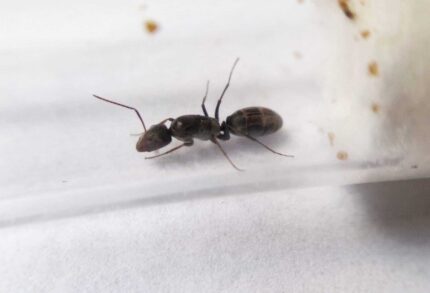

Camponotus xerxes
399,90 zł – 569,90 złPrice range: 399,90 zł through 569,90 zł
Worldwide shipping
Free delivery over 999 PLN
The highest quality of goods
Live delivery guarantee
24/7 Personal Support
Fair Prices
Description
Camponotus xerxes is a monogynous ant species with a colony size of up to 10,000 workers. They have a fast development speed and vary in size, with queens measuring 17-20 mm, workers measuring 5-12 mm, and major workers measuring 10-16 mm. The workers are pale yellow, while soldiers have partially dark heads. The mother ant is mostly black with a partially yellow belly and yellowish-brown legs. Their nutrition requirements are not specified.
Additional information
| Behavior | |
|---|---|
| Difficulty in breeding | |
| Origin | |
| The size of ants | |
| Wintering |
Camponotus xerxes
Colony type: Monogyny
Colony size: up to 10,000 workers
Development speed: fast
Size
- Queen: 17-20 mm
- Workers: 5–12 mm
- Majors: 10 – 16 mm
Color: Workers are mostly pale yellow, and soldiers have partially dark heads. The queen is mostly black, with a partially yellow belly and yellowish-brown legs.
Nutrition
- Food insects such as cockroaches and crickets
- Syrup made from a mixture of water and honey (ratio 4:1 or 3:1)
- Fruits and vegetables
- Jelly
- Cooked chicken without salt
- Honey
Temperature and Humidity
The ideal nest humidity 50-60%.
In the arena, the humidity 30-50%.
Temperature:
- Arena: 23-30 °C
- Nest: 24-28 °C
Special Features of the Species
Camponotus xerxes are known for their strong defense instincts and intolerance towards invasion. They are relentless in protecting their nests. The soldiers of this species are fast and equipped with powerful and sharp mandibles capable of piercing through skin.
Recommended Nests for Breeding
When breeding Camponotus xerxes, it is recommended to use nests made of acrylic, cork, plaster, or aerated concrete. These materials provide suitable conditions for the growth and development of the colony.


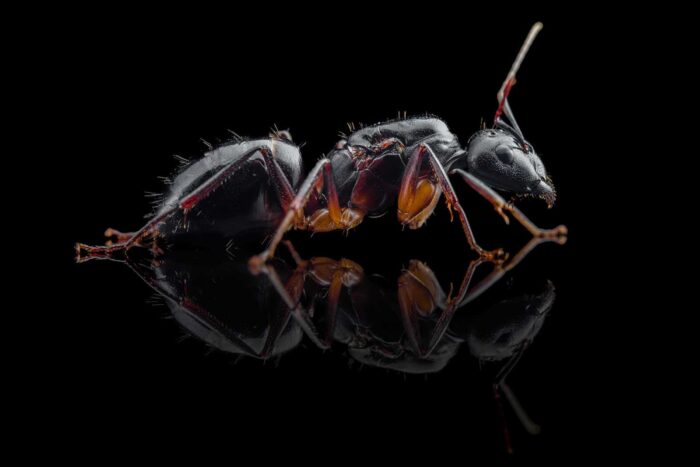
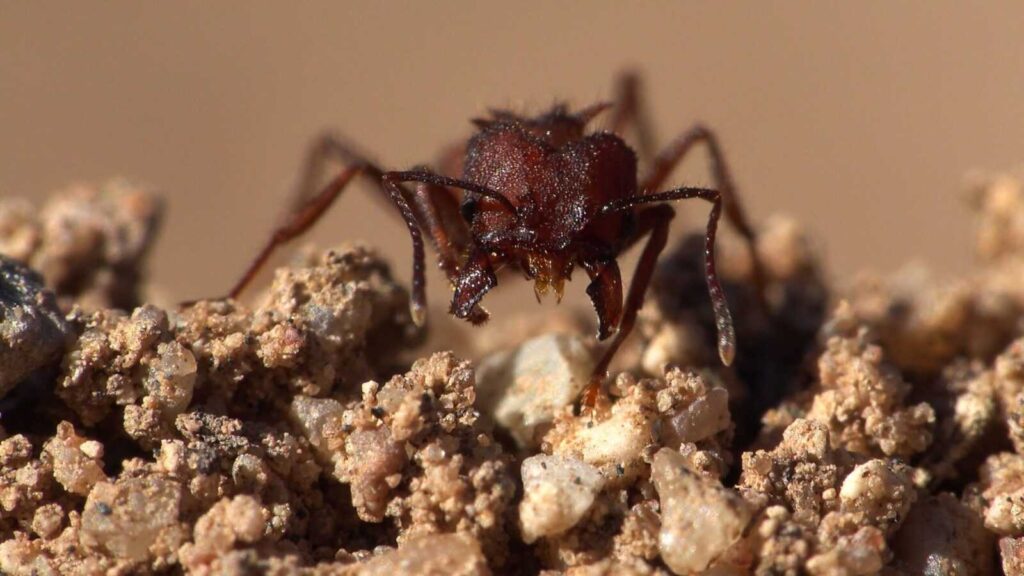
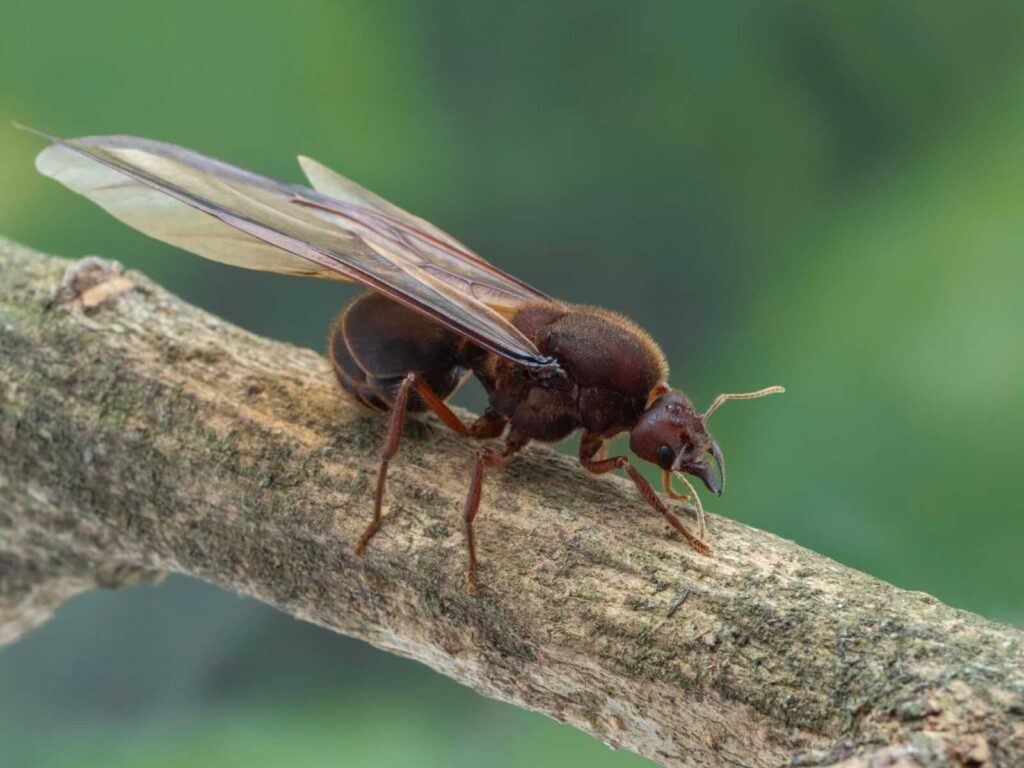
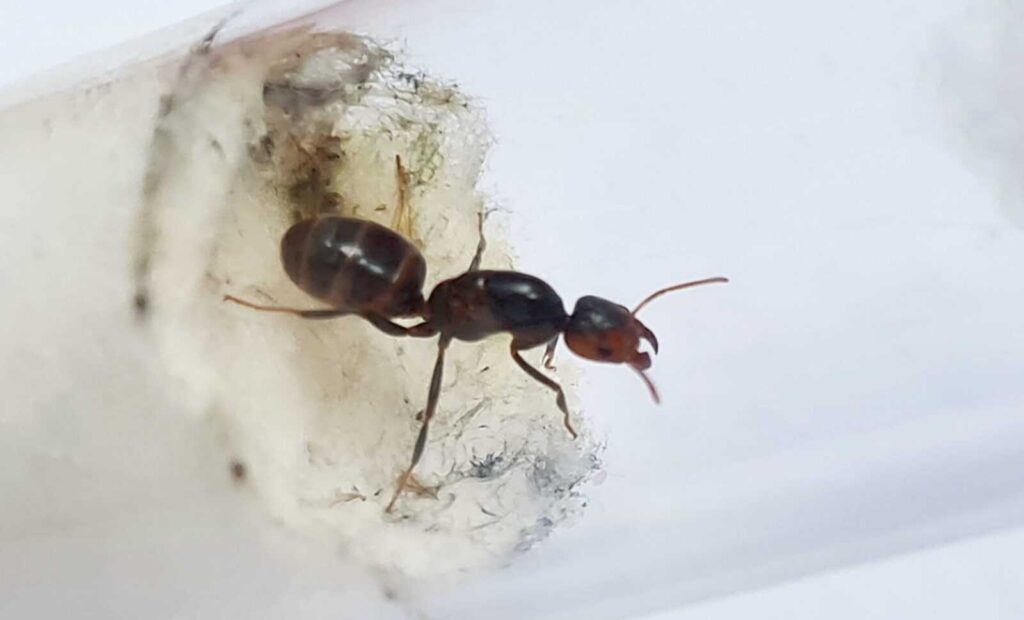
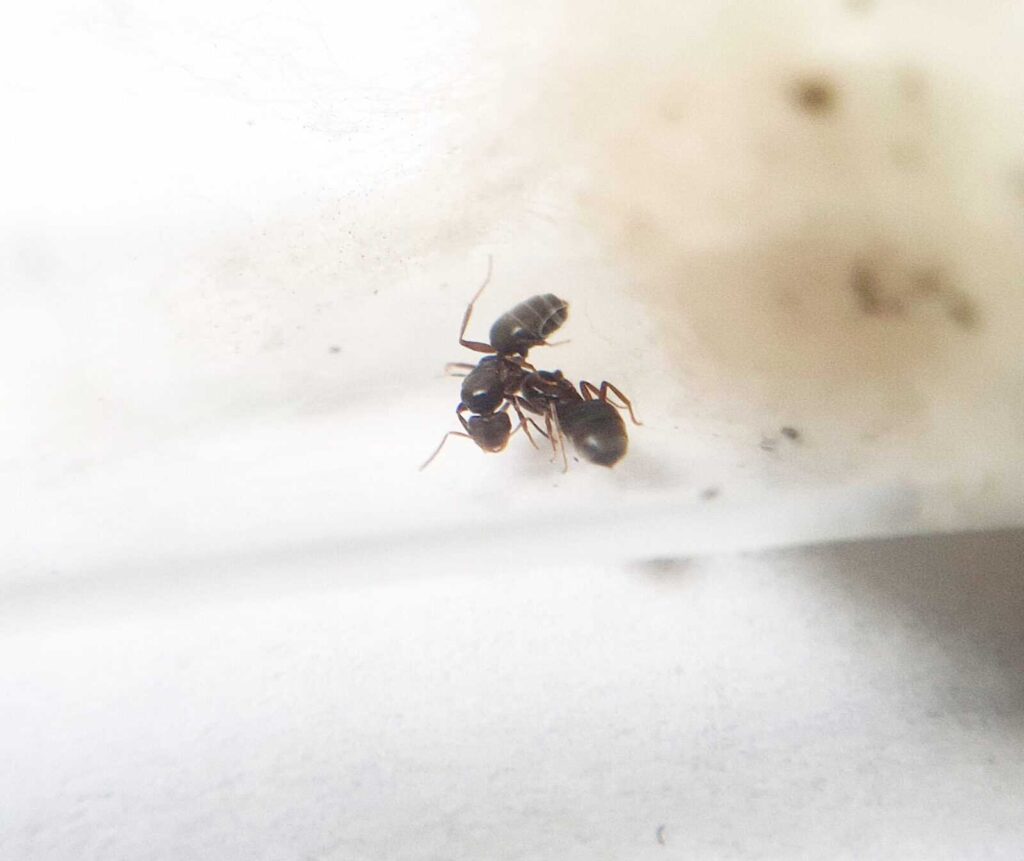
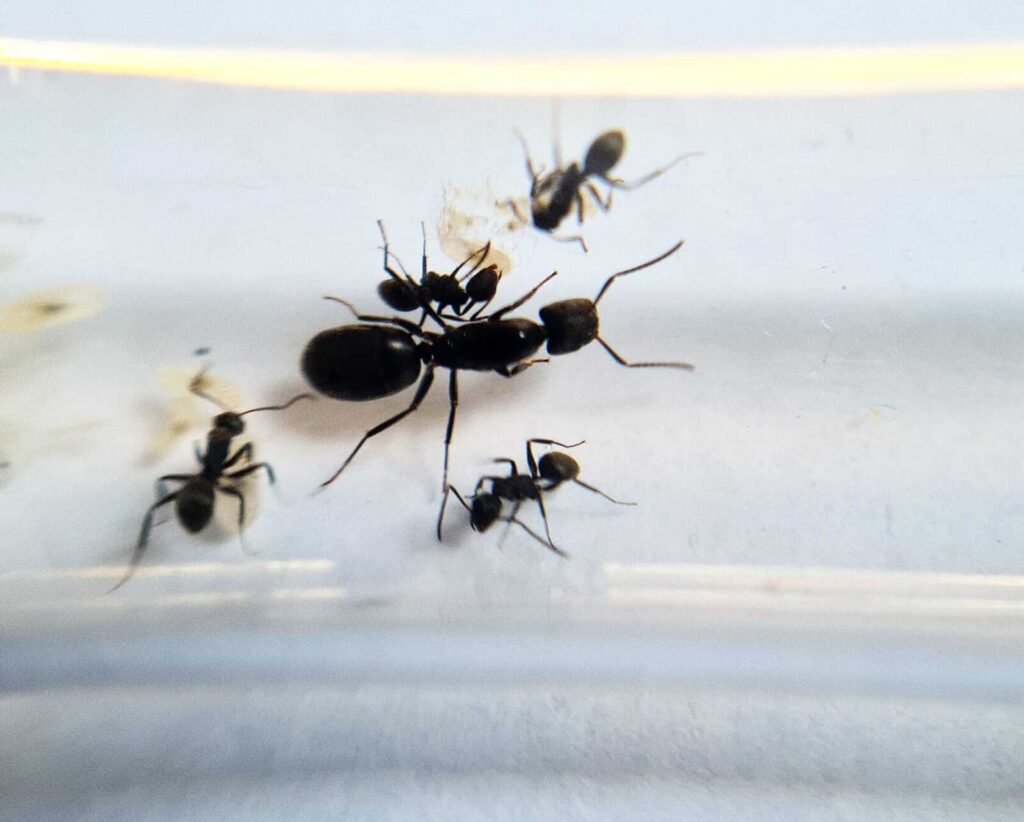
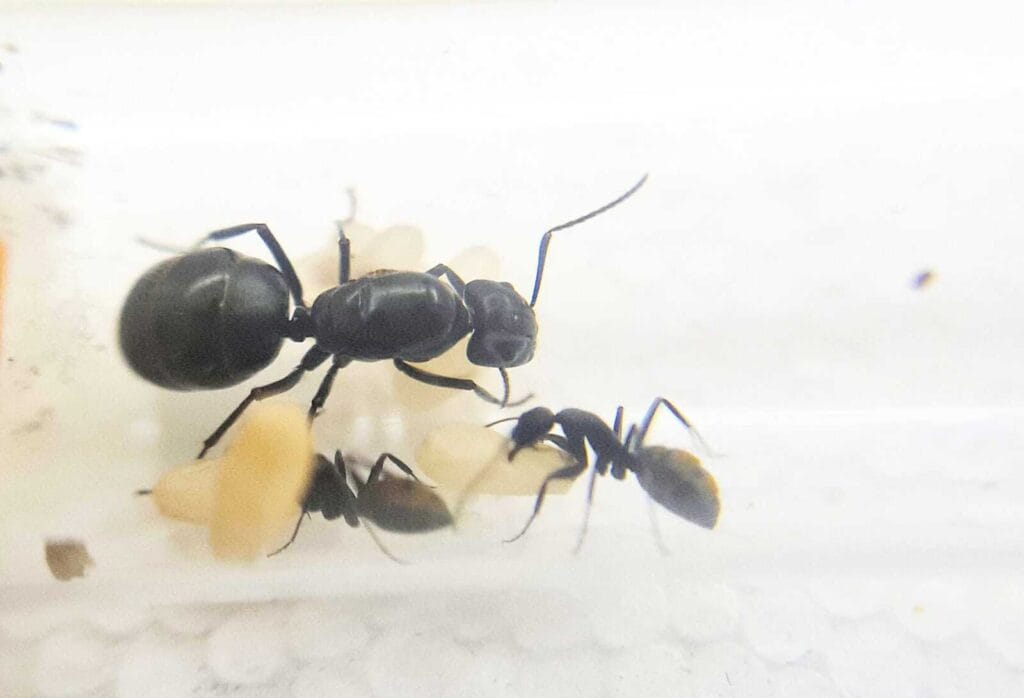
Reviews
Clear filtersThere are no reviews yet.